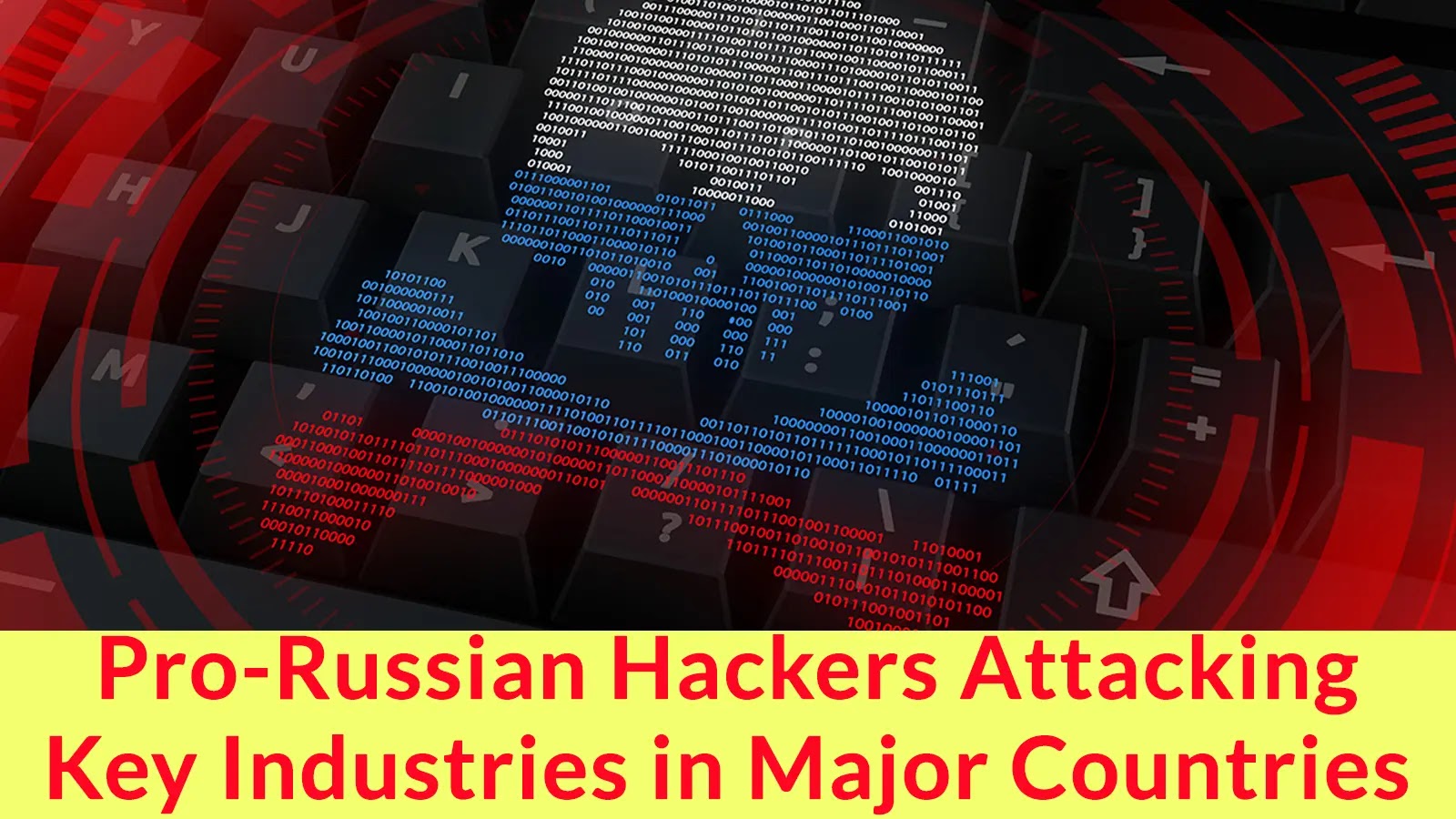
Pro-Russian Hackers Attacking Key Industries in Major Countries Around The World
The Shifting Sands of Cyber Warfare: Pro-Russian Hackers Target Global Industries
A new and unsettling chapter in cyber warfare is unfolding. Major industries across the globe are under attack from sophisticated pro-Russian cybercriminal groups, marking a significant escalation beyond traditional financially motivated intrusions. This shift towards geopolitically driven operations against critical infrastructure demands immediate attention from cybersecurity professionals and organizational leadership alike. The group, identified as SectorJ149 (also known as UAC-0050), has emerged as a formidable threat, actively targeting manufacturing, energy, and semiconductor sectors in multiple nations.
SectorJ149: Unmasking the Threat Actor
SectorJ149, or UAC-0050, is not merely another financially motivated cybercriminal syndicate. Their actions align with broader Russian strategic interests, indicating a deliberate effort to disrupt and compromise essential industries. This group’s focus on foundational sectors like manufacturing, energy, and semiconductors highlights a clear intent to impact economic stability and potentially national security in key countries. Their operational sophistication suggests well-resourced backing and a high degree of technical expertise.
Targeted Critical Infrastructure: The Impact on Global Stability
- Manufacturing: Compromising manufacturing facilities can lead to supply chain disruptions, intellectual property theft, and the destabilization of industrial output. This has ripple effects across various economic sectors.
- Energy: Attacks on energy infrastructure pose direct threats to national power grids, fuel distribution, and critical utility services. Successful breaches could result in widespread blackouts and significant societal disruption.
- Semiconductors: The semiconductor industry is the backbone of modern technology. Disrupting semiconductor production can cripple everything from consumer electronics to advanced military systems, creating a profound long-term impact on technological development and defense capabilities.
The targeting of these sectors indicates a calculated strategy to exert influence and inflict damage beyond typical cyber espionage or ransomware campaigns. Unlike opportunistic attacks, these operations appear to be highly tailored and persistent.
Beyond Financial Gain: Geopolitical Motivations
The transition from traditional cybercrime to geopolitically driven operations by groups like SectorJ149 is a critical development. While financial gain may still be a secondary objective in some instances, the primary intent now appears to be strategic disruption and the acquisition of intelligence supporting state interests. This evolution necessitates a re-evaluation of defense strategies, moving beyond mere threat mitigation to anticipating and countering state-sponsored cyber warfare tactics.
Remediation Actions: Fortifying Defenses Against Nation-State Threats
Organizations operating in critical sectors must adopt a proactive and comprehensive cybersecurity posture to defend against sophisticated groups like SectorJ149. The following actions are essential:
- Enhanced Network Segmentation: Isolate critical operational technology (OT) and industrial control systems (ICS) networks from corporate IT networks. Implement strict access controls between segments.
- Multi-Factor Authentication (MFA): Enforce MFA across all systems and services, especially for remote access and administrative accounts.
- Robust Endpoint Detection and Response (EDR): Deploy advanced EDR solutions to continuously monitor endpoints for suspicious activity, detect anomalies, and enable rapid response to incidents.
- Regular Vulnerability Management: Conduct frequent vulnerability assessments and penetration tests. Promptly patch known vulnerabilities, prioritizing those in public-facing systems. For instance, any unpatched vulnerabilities related to CVE-2023-xxxx (placeholder for example CVE) in critical systems should be addressed immediately.
- Threat Intelligence Integration: Subscribe to and integrate high-quality threat intelligence feeds specific to nation-state actors and critical infrastructure targets. This includes intelligence on TTPs (Tactics, Techniques, and Procedures) used by groups like SectorJ149.
- Incident Response Plan (IRP): Develop and regularly test a comprehensive incident response plan tailored to sophisticated attacks. Ensure clear communication protocols and roles are established.
- Employee Training and Awareness: Educate employees on phishing, social engineering tactics, and the importance of cybersecurity best practices, as human error remains a significant attack vector.
- Supply Chain Security: Implement rigorous security protocols for third-party vendors and supply chain partners, as they can represent weak links in an organization’s defense.
The Path Forward
The emergence of groups like SectorJ149 underscores a critical shift in the cyber threat landscape. Geopolitically motivated cyberattacks against vital industries represent a persistent and growing danger. Organizations can no longer view cybersecurity as a mere IT function but as a fundamental component of operational resilience and national security. A concerted effort involving strong technical defenses, robust human processes, and timely threat intelligence is essential to navigate this increasingly complex and dangerous environment.





